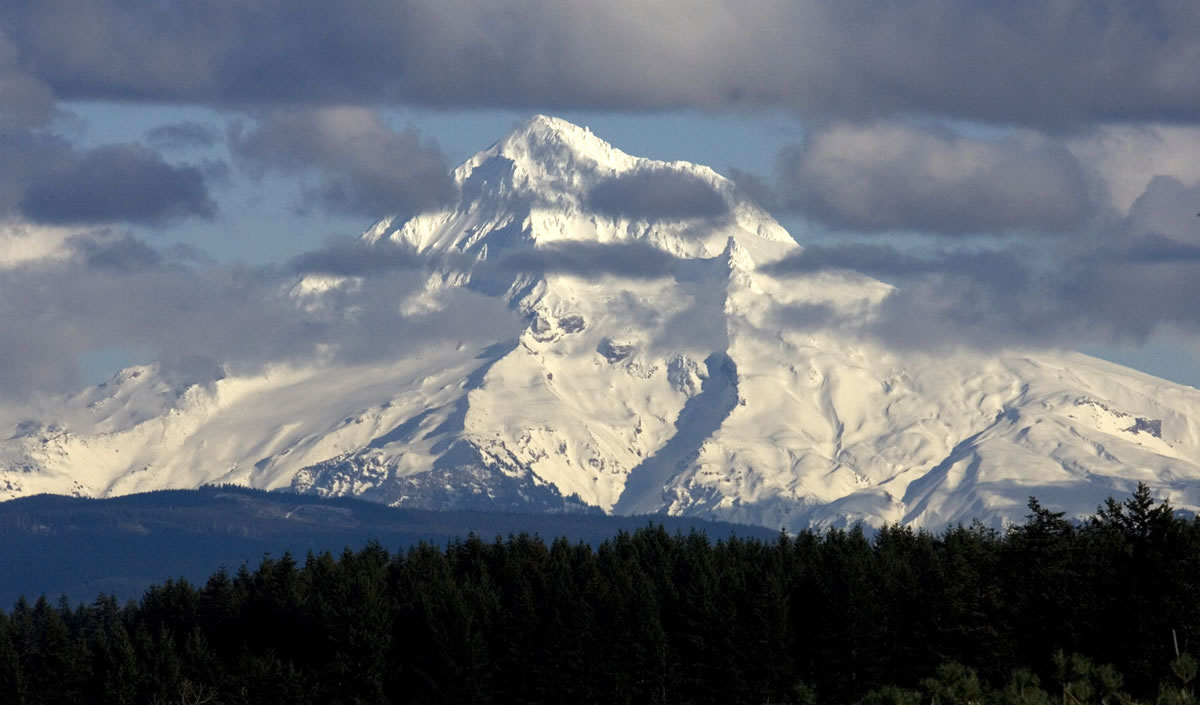Inconsistent ocean conditions have some weather experts scratching their heads about this winter’s outlook. But federal forecasters said this week that the season could shape up to be a dry one in the Northwest.
The National Oceanic and Atmospheric Administration’s annual look ahead shows a relatively good chance of lower-than-usual precipitation in the region. Winter temperature ranges are less certain, but areas east of the Cascades could end up a bit warmer than normal, according to NOAA.
Adding to the uncertainty this year is an elusive pattern in the Pacific Ocean, said Mike Halpert, deputy director of NOAA’s Climate Prediction Center in Maryland.
Warming temperatures in the Pacific earlier this summer suggested a brewing El Niño pattern, the climate phenomenon that typically brings the Northwest drier-than-usual winter conditions. But by September, that warming stopped, Halpert said, and even started cooling back to normal temperatures. What happens next is unclear, he said.
“We haven’t seen a case in which the ocean warmed through August and then didn’t become an El Niño,” Halpert said. “This is unusual.”
For now, NOAA has kept its El Niño watch in place; the weather pattern could redevelop in the coming months, Halpert said.
The Northwest is coming off two straight La Niña winters that brought cool, wetter-than-usual conditions into late spring.
This year, that was followed by one of the driest summers on record. But that’s not necessarily an indication of what’s in store for this winter in the Northwest, Halpert said.
It’s been several years since the Pacific has seen neutral — or non-El Niño or La Niña — winter conditions, he added.
Rain returned to Southwest Washington earlier this month after a nearly three-month dry spell. The Cascades could see their first measurable snowfall this weekend, according to the National Weather Service in Portland.
An El Niño-like winter could put a dent in typical snow packs by spring. Despite lingering uncertainty about the overall pattern, computer models are still consistently pointing toward lower-than-average precipitation, Halpert said.
“The one thing that they all seem to agree on is that (the Northwest) is going to be dry this winter,” he said.
Other parts of the United States might see disparate weather conditions this winter. While the upper-Midwest might be dry, the Southeast stands a better chance of wetter-than-usual weather, according to NOAA. Most of the West could end up warmer than normal, the agency said.
Halpert likened long-range forecasts with rolling a set of dice. Even with a higher probability of a given outcome, he said, “you’re not always going to win.”
NOAA forecasters plan to issue an updated winter outlook in November.
Eric Florip: 360-735-4541; http://twitter.com/col_enviro; eric.florip@columbian.com.




